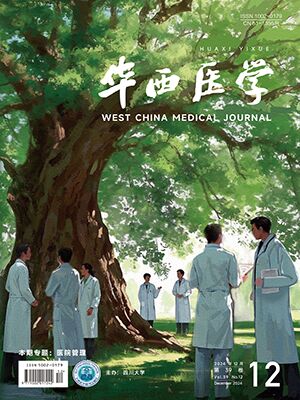摘要:目的:研究老年患者动脉弹性功能与围术期血压变化的关系。方法:随机选择68例ASA分级Ⅰ-Ⅱ级行全麻手术的老年患者,根据检查所得动脉弹性的结果分为四组,分别是A组(C1、C2均正常),B组(C1异常,C2正常),C组(C1正常,C2异常),D组(C1、C2均异常)。测量其术前血压及全麻诱导8分钟后的血压水平。结果:〓动脉弹性功能不良的患者其术前MAP较高,且全麻诱导以后血压波动的比例较大。结论:高血压病的老年患者动脉弹性功能普遍降低;动脉弹性下降的老年病人全麻诱导后血压波动较大。
Abstract: Objective:To investigate the relationship between the function of arterial elasticity and BP changes during perioperation in senile patients.Methods: 68 senile patients ASA class Ⅰor Ⅱ undergoing elective surgery under general anesthestia, were divided into four groups by evaluation of arterial elasticity (C1 was for large arterial elastic index and C2 for small. C1 and C2 were normal in group A, only C2 normal in group B, only C1 normal in group C, neither was normal in group D). Arterial blood pressure (BP) before operation and 8 min after induction were monitored and recorded. Results: Patients with dysfunction of arterial elasticity presented higher MAP during preoperation and significant BP changes after induction. Conclusion: Hypertension plays a key role in arterial elasticity.Arterial Blood Pressure of the senile patients with decreased arterial elasticity changes significantly after general anesthesia induction.
Citation: MA Li,ZHANG Guoqing.. Relationship between the Function of Arterial Elasticity and BP Changes During Perioperation in Senile Patients. West China Medical Journal, 2009, 24(11): 2936-2937. doi: Copy
Copyright © the editorial department of West China Medical Journal of West China Medical Publisher. All rights reserved




